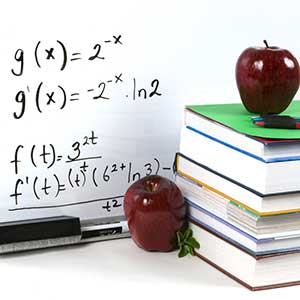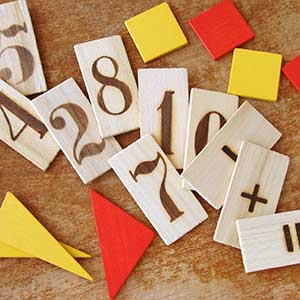Your cart is currently empty!
Math 7
Grade:
7th Grade
Duration:
2 Semesters
Credit:
1.0
Prerequisites:
None
Materials:
None
The online Math 7 course teaches students in the first semester problem-solving skills, beginning algebra skills, geometry, decimals, fractions, data analysis, number theory and patterns, percents, and integer use. In the second semester, students will work with fractions; unit conversions; proportions and rates; percents; geometry topics including lines, angles, polygons, polyhedrons, perimeter, area, surface area,…
Semester A
In this first semester of grade 7 math online course, students work with problem-solving skills, beginning algebra skills, geometry, decimals, fractions, data analysis, number theory and patterns, percents, and integer use. Projects measure the student’s ability to integrate and apply the course objectives.
Semester B
In this continuation of the first semester, students work with fractions; unit conversions; proportions and rates; percents; geometry topics including lines, angles, polygons, polyhedrons, perimeter, area, surface area, volume, and transformations; squares and square roots; permutations and combinations; and probability. Real-life application of concepts is emphasized in all units.
Semester A
Major Concepts:
- Problem Solving and an Introduction to Algebra.
- Combining Algebra and Geometry.
- Learning About Decimals.
- Applying Decimals.
- Analyzing Data.
- More Data Analysis and Applications.
- Divisibility, Factors, and Simplifying Fractions.
- Using Fractions and Percents.
- Introduction to Integers.
- Using and Applying Integers.
- Exploring and Solving Equations.
- An Introduction to Inequalities, Functions, and their Graphs
Semester B
Major Concepts
- Adding, Subtracting, Multiplying, and Dividing Fractions.
- Changing Customary Units, Perimeter, Circumference.
- Ratios, Rates, and Proportions.
- Percents, Fractions, and Decimals.
- Percent Equations, Statistics.
- Percents and the Consumer.
- Angles, Perpendicular and Parallel Lines.
- Polygons, Triangles, Quadrilaterals, Transformations.
- Squares and Square Roots, Area of Polygons and Circles.
- Surface Area and Volume of Three-Dimensional Figures.
- Theoretical and Experimental Probability, Tree Diagrams, Fundamental Counting Principle.
- Independent and Dependent Events, Permutations, Combinations.







